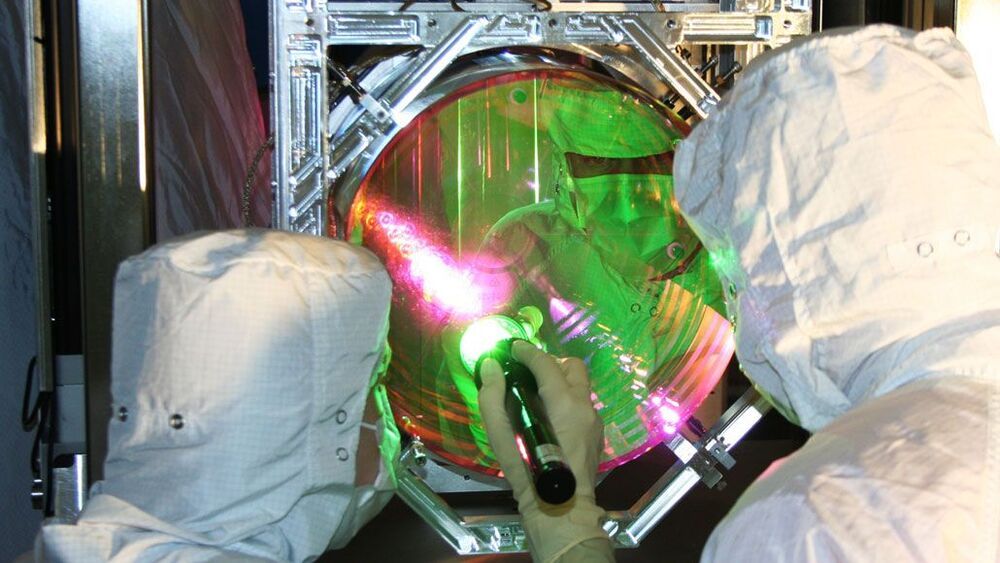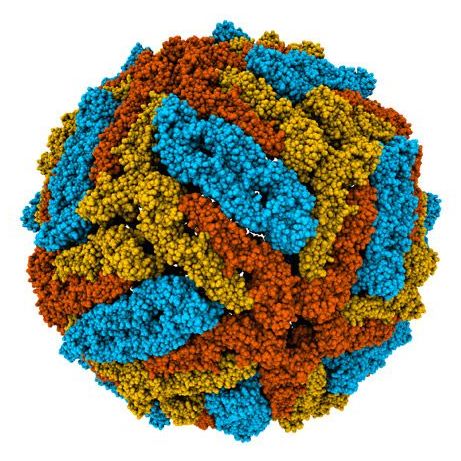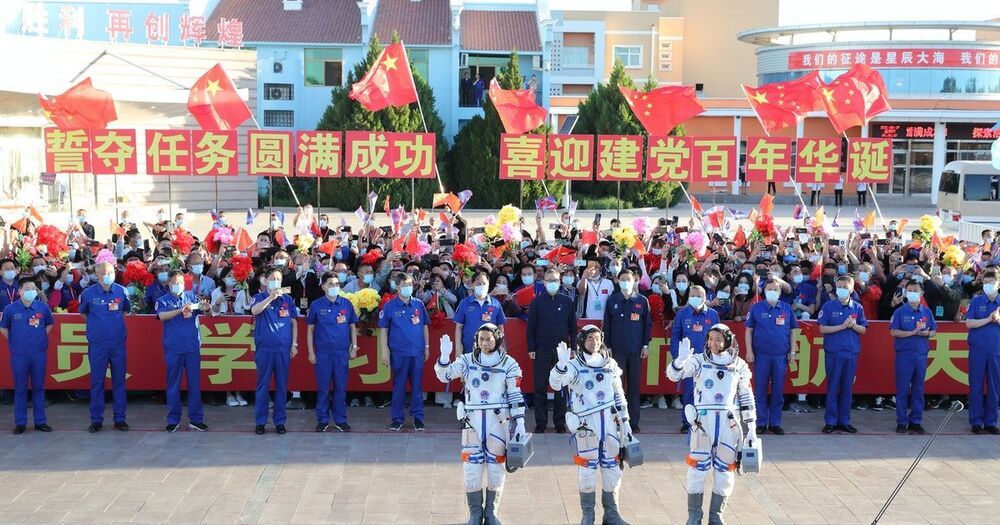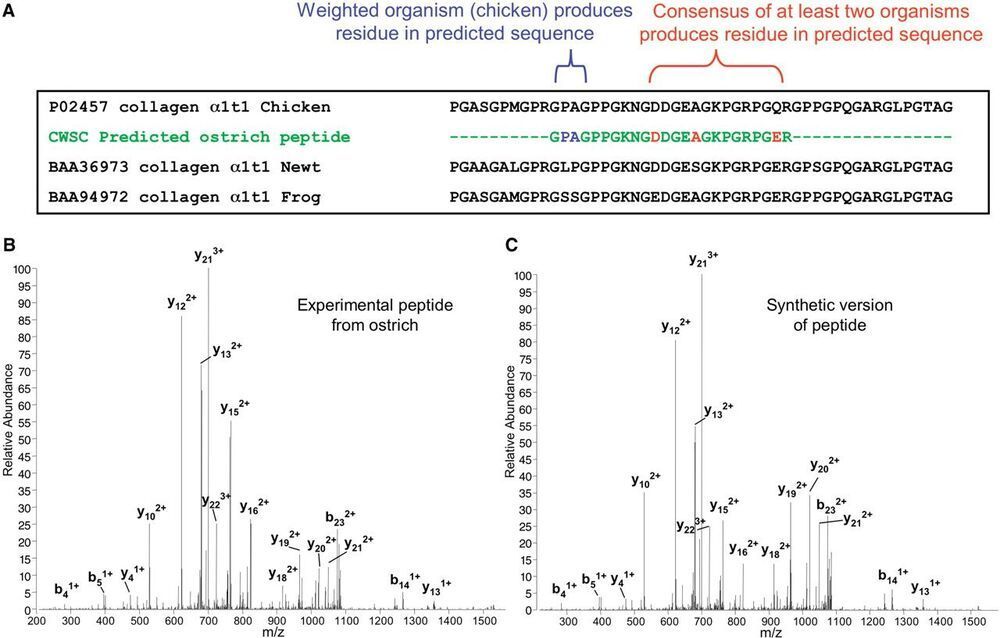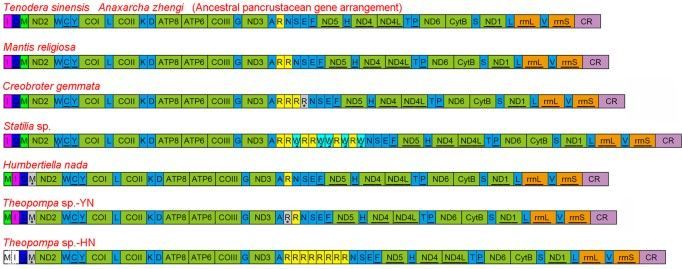Using LIGO’s laser beams to reduce jiggling rather than detect gravitational waves, scientists have gotten closer to the realm of quantum mechanics.
New method cuts dengue fever cases
Posted in futurism
A trial of mosquitoes infected with Wolbachia bacteria resulted in a 77% reduction of dengue fever incidence and 86% reduction of hospitalisations in Yogyakarta, Indonesia.
Observing the secrets of the universe’s “Dark Ages” will require capturing ultra-long radio wavelengths—and we can’t do that on Earth.
The universe is constantly beaming its history to us. For instance: Information about what happened long, long ago, contained in the long-length radio waves that are ubiquitous throughout the universe, likely hold the details about how the first stars and black holes were formed. There’s a problem, though. Because of our atmosphere and noisy radio signals generated by modern society, we can’t read them from Earth.
That’s why NASA is in the early stages of planning what it would take to build an automated research telescope on the far side of the moon. One of the most ambitious proposals would build the Lunar Crater Radio Telescope, the largest (by a lot) filled-aperture radio telescope dish in the universe. Another duo of projects, called FarSide and FarView, would connect a vast array of antennas—eventually over 100000, many built on the moon itself and made out of its surface material—to pick up the signals. The projects are all part of NASA’s Institute for Advanced Concepts (NIAC) program, which awards innovators and entrepreneurs with funding to advance radical ideas in hopes of creating breakthrough aerospace concepts. While they are still hypothetical, and years away from reality, the findings from these projects could reshape our cosmological model of the universe.
“With our telescopes on the moon, we can reverse-engineer the radio spectra that we record, and infer for the first time the properties of the very first stars,” said Jack Burns, a cosmologist at the University of Colorado Boulder and the co-investigator and science lead for both FarSide and FarView. “We care about those first stars because we care about our own origins—I mean, where did we come from? Where did the Sun come from? Where did the Earth come from? The Milky Way?”
Planetary Sapience
Posted in biotech/medical, computing, cyborgs, satellites
In the very last moments of the movie, however, you would also see something unusual: the sprouting of clouds of satellites, and the wrapping of the land and seas with wires made of metal and glass. You would see the sudden appearance of an intricate artificial planetary crust capable of tremendous feats of communication and calculation, enabling planetary self-awareness — indeed, planetary sapience.
The emergence of planetary-scale computation thus appears as both a geological and geophilosophical fact. In addition to evolving countless animal, vegetal and microbial species, Earth has also very recently evolved a smart exoskeleton, a distributed sensory organ and cognitive layer capable of calculating things like: How old is the planet? Is the planet getting warmer? The knowledge of “climate change” is an epistemological accomplishment of planetary-scale computation.
Over the past few centuries, humans have chaotically and in many cases accidentally transformed Earth’s ecosystems. Now, in response, the emergent intelligence represented by planetary-scale computation makes it possible, and indeed necessary, to conceive an intentional, directed and worthwhile planetary-scale terraforming. The vision for this is not to be found in computing infrastructure itself, but in the purposes to which we put it.
Exploring The Universe That Wasnt
Posted in space
The Lunar Lantern, an intriguing concept for establishing a human presence on the Moon, is currently being featured at the 17th International Architecture Exhibition.
In October of 2024, NASA’s Artemis Program will return astronauts to the surface of the Moon for the first time since the Apollo Era. In the years and decades that follow, multiple space agencies and commercial partners plan to build the infrastructure that will allow for a long-term human presence on the Moon. An important part of these efforts involves building habitats that can ensure the astronauts’ health, safety, and comfort in the extreme lunar environment.
This challenge has inspired architects and designers from all over the world to create innovative and novel ideas for lunar living. One of these is the Lunar Lantern, a base concept developed by ICON (an advanced construction company based in Austin, Texas) as part of a NASA-supported project to build a sustainable outpost on the Moon. This proposal is currently being showcased as part of the 17th International Architecture Exhibition at the La Biennale di Venezia museum in Venice, Italy.
The Lunar Lantern emerged from Project Olympus, a research and development program made possible thanks to a Small Business Innovation Research (SBIR) contract and funding from NASA’s Marshall Space Flight Center (MSFC). Consistent with ICON’s commitment to developing advanced construction technologies, the purpose of Olympus was to create a space-based construction system that will support NASA and other future exploration efforts on the Moon.
After the launch of Tiangong space station’s core module in April, China took on its next challenge: send astronauts to live there.
The crew of Shenzhou-12 successfully docked at Tiangong this week, and will stay on board for 3 months.
Fossilized bones from extinct taxa harbor the potential for obtaining protein or DNA sequences that could reveal evolutionary links to extant species. We used mass spectrometry to obtain protein sequences from bones of a 160000-to 600000-year-old extinct mastodon (Mammut americanum) and a 68-million-year-old dinosaur (Tyrannosaurus rex). The presence of T. rex sequences indicates that their peptide bonds were remarkably stable. Mass spectrometry can thus be used to determine unique sequences from ancient organisms from peptide fragmentation patterns, a valuable tool to study the evolution and adaptation of ancient taxa from which genomic sequences are unlikely to be obtained.
The metazoan mitochondrial genome (mitogenome) is an ideal model system for comparative and evolutionary genomic research. The typical mitogenome of metazoans encodes a conserved set of 37 genes for 13 protein-coding genes (PCGs), two ribosomal RNA (rRNA) genes, and 22 transfer RNA (tRNA) genes1, with genome-level characters, such as genome size, gene content, and gene order, display high diversity in some lineages2,3. Gene rearrangements are observed frequently in some groups, while gene duplication and loss are distributed sporadically in limited lineages such as Bivalvia, Cephalopod, and Afrobatrachia4,5,6. These remaining duplicate genes and pseudogenes represent important data for exploring the evolutionary history and mechanisms of gene rearrangement and recruitment. For the arrangement of mitochondrial genes, the variation in relative positions of PCGs and rRNA genes are more limited compared with that of tRNA genes across organisms within a phylum7. The tRNA genes with characteristics of diverse changes in relative position, gene content, and secondary structure, are considered as an important tool in studying the evolution of mitogenome, in particular to the rearrangement mechanism8,9,10. Additionally, its variation is usually linked to evolutionary relationships in a wide range of lineages at different taxonomic levels suggesting these features of tRNA could be utilized as useful phylogenetic markers11.
The extensive gene rearrangements (including PCGs and RNA) of insect mitogenomes have been detected in several lineages within the Diptera (Trichoceridae, Cecidomyiidae), Hemiptera (Enicocephalidae), Hymenoptera, Thysanoptera, Psocoptera and Phthiraptera12,13,14,15,16,17,18, while most of investigated mitogenomes share the same gene order with the hypothesized ancestral pancrustacean mitogenome arrangement19 or possess rare tRNA rearrangement. Previously reported dictyopteran mitogenomes consistently display the typical ancestral gene order and content, however only two species are praying mantises and the rest are cockroaches and termites. Members of the Mantodea, a separate lineage within the Dictyoptera, have evolved many unique morphological and behavioural features as the ambush and pursuit predators20,21,22. A better understanding of the diversity of mitogenome evolution in this enigmatic order underlines the need for exploring more taxa with the diverse praying mantis.
Herein, we report eight new mitogenomes from Mantodea and describe their general characteristics. Two new gene rearrangements and reassignment of tRNA genes are described, and evolutionary mechanisms for the gene rearrangements and duplication are discussed. Further, we examine the relationship between tRNA gene duplication and codon usage, and investigate whether these tRNA features vary with phylogeny.
